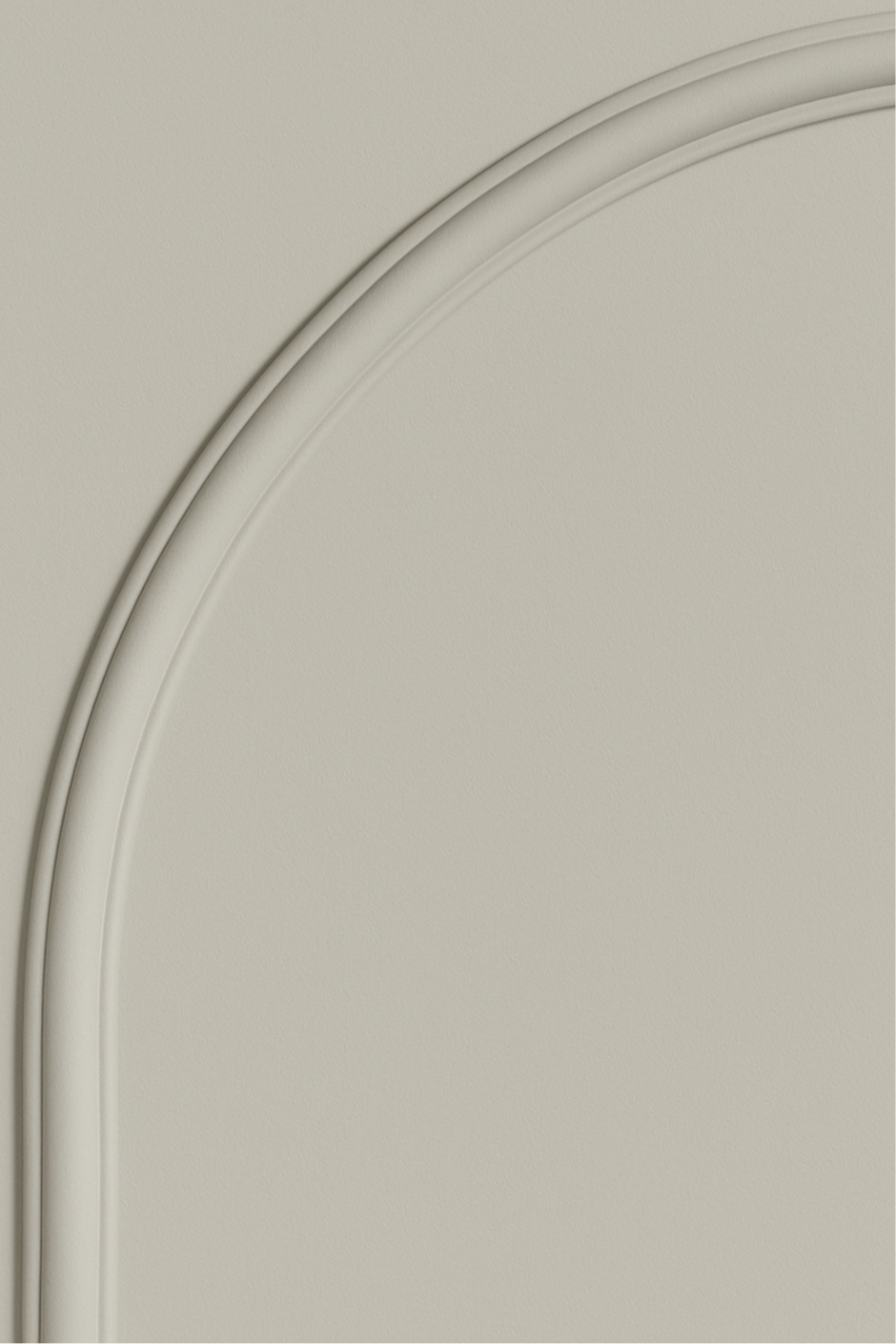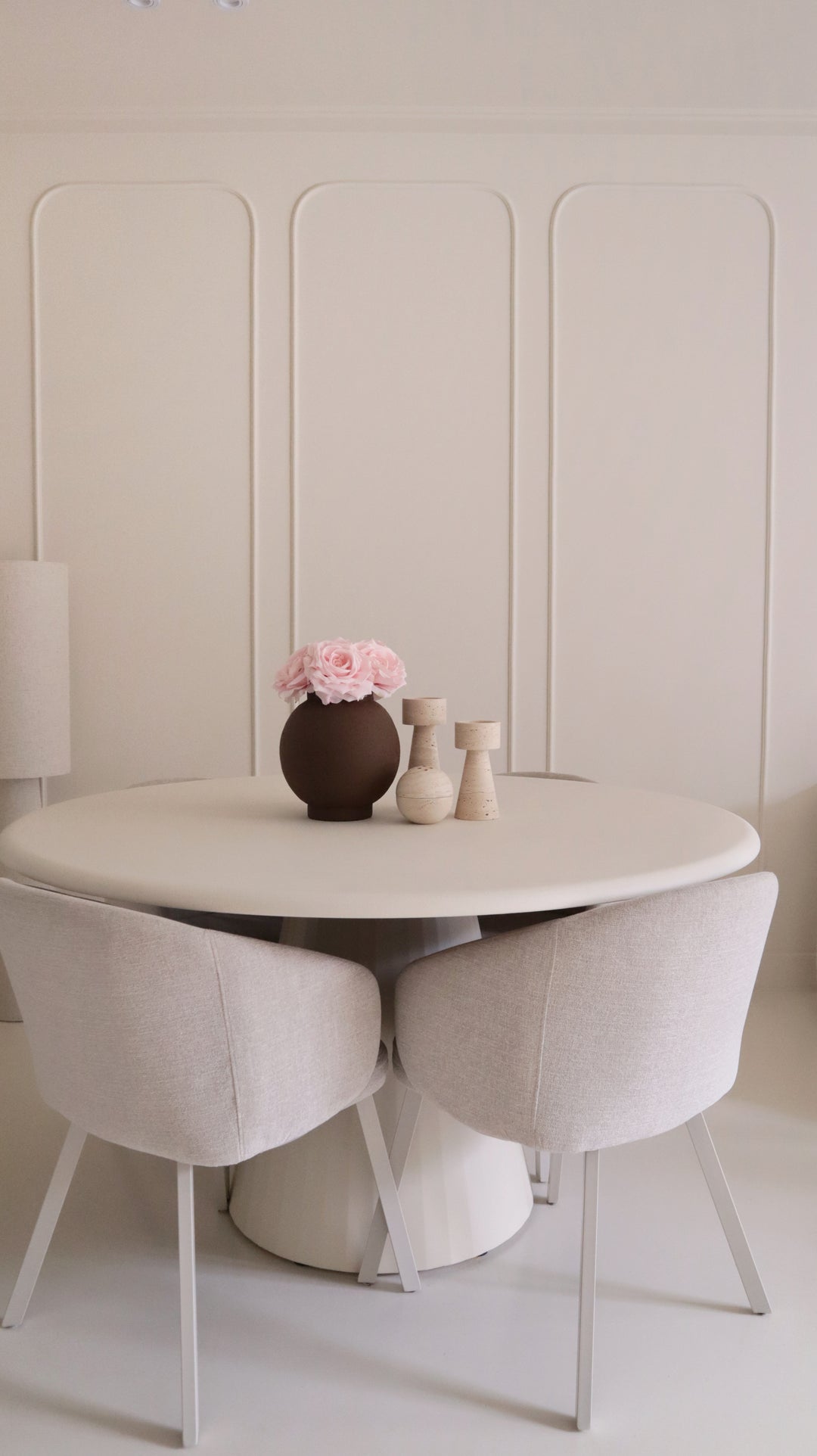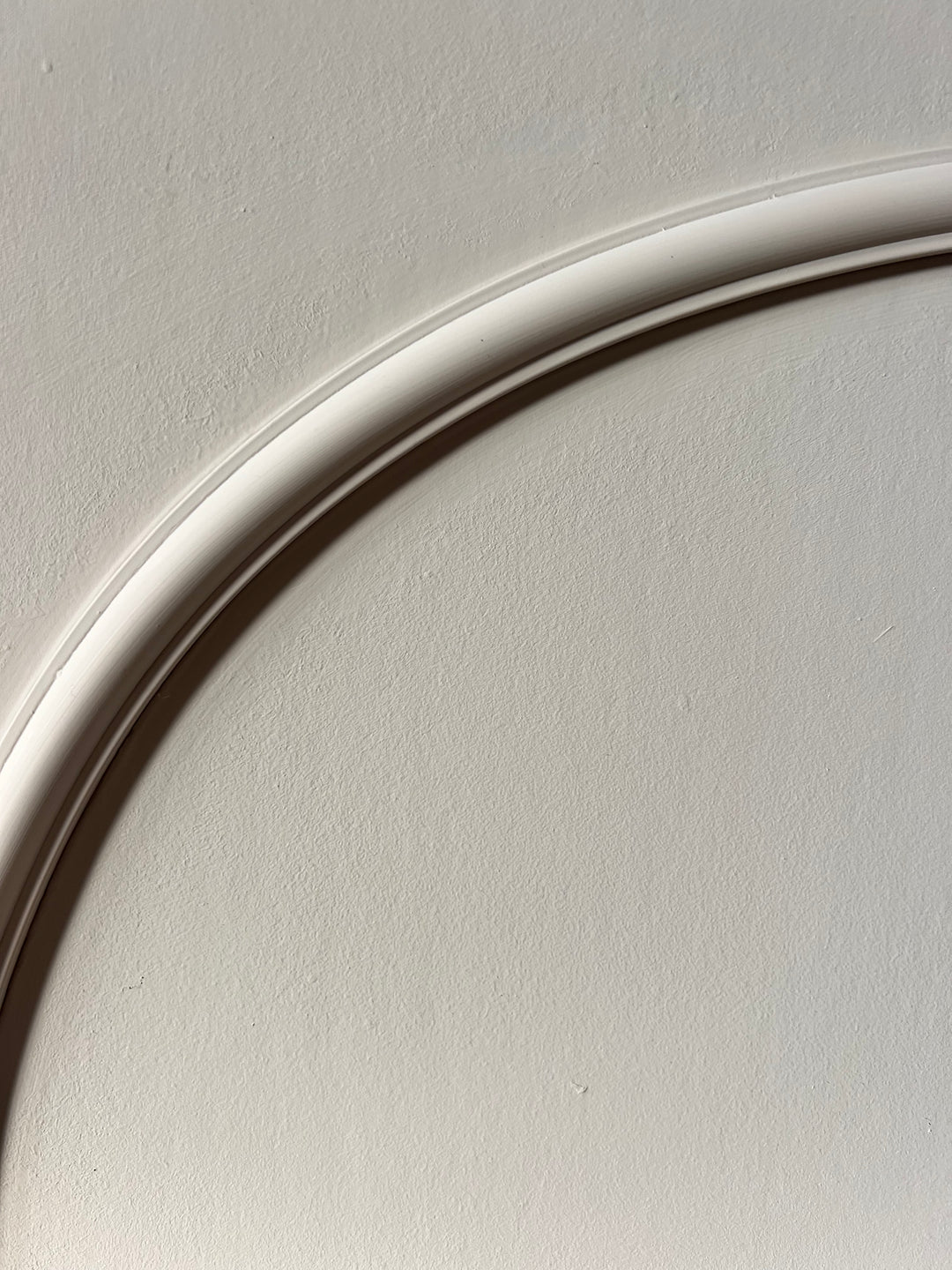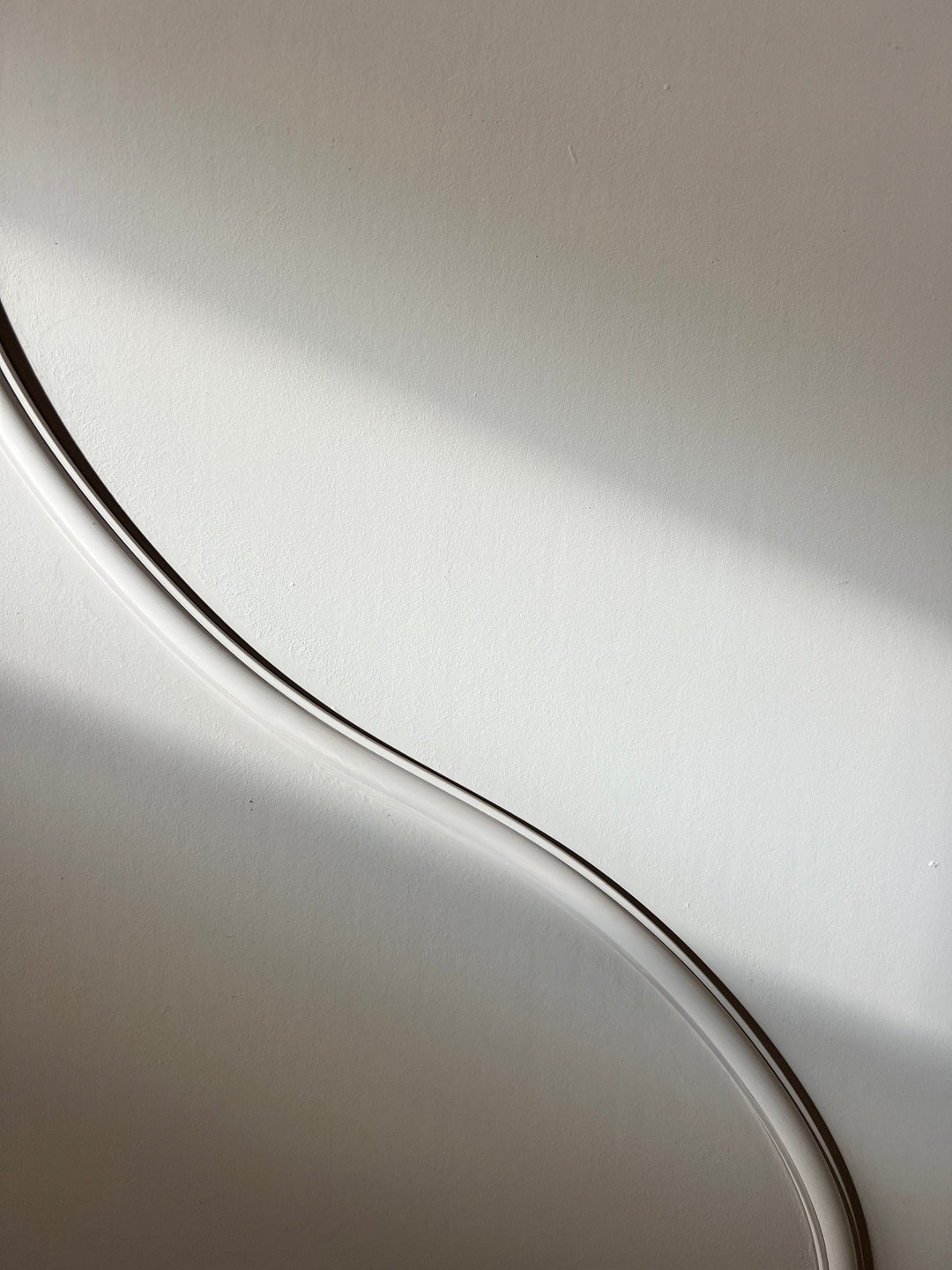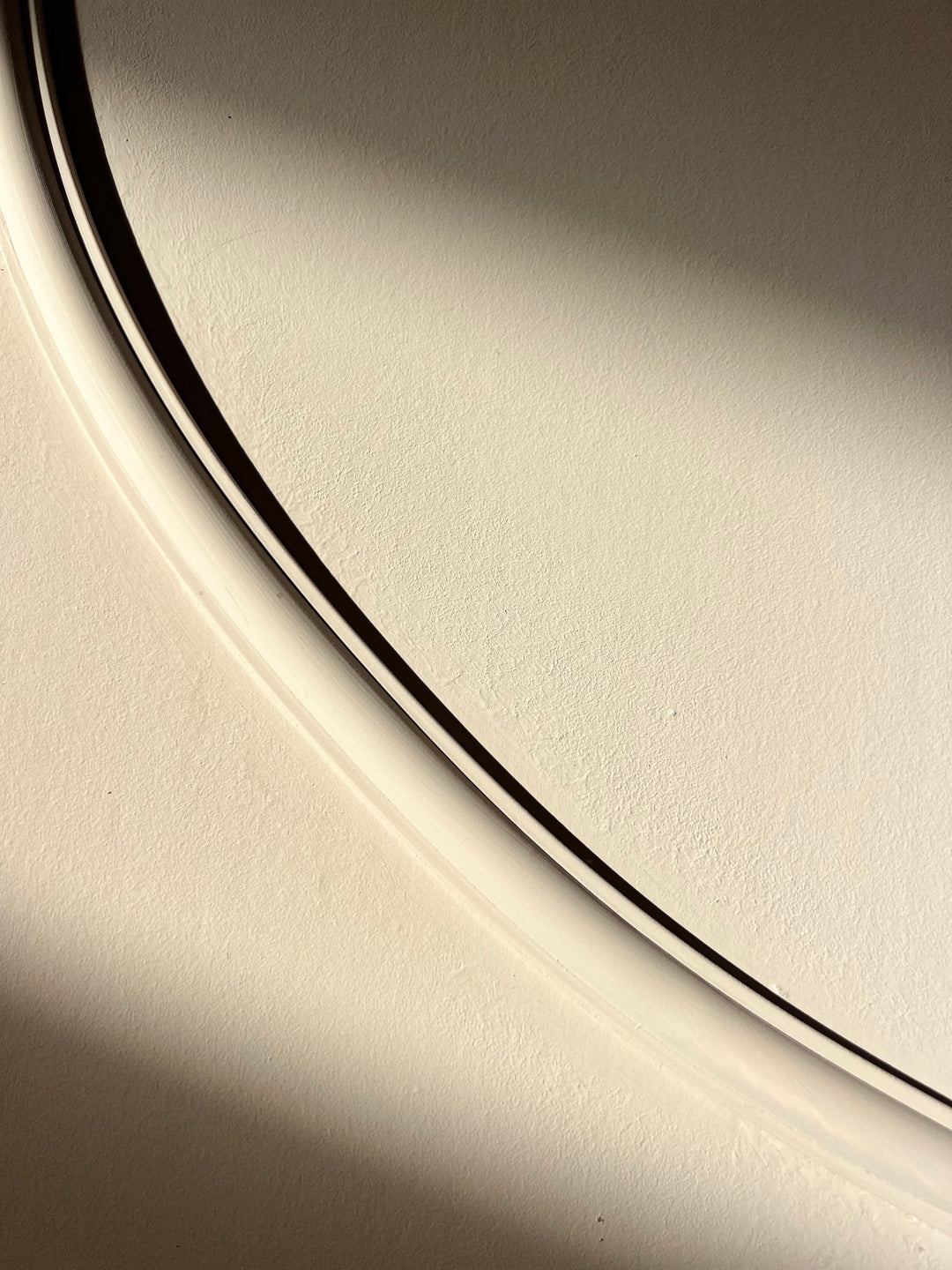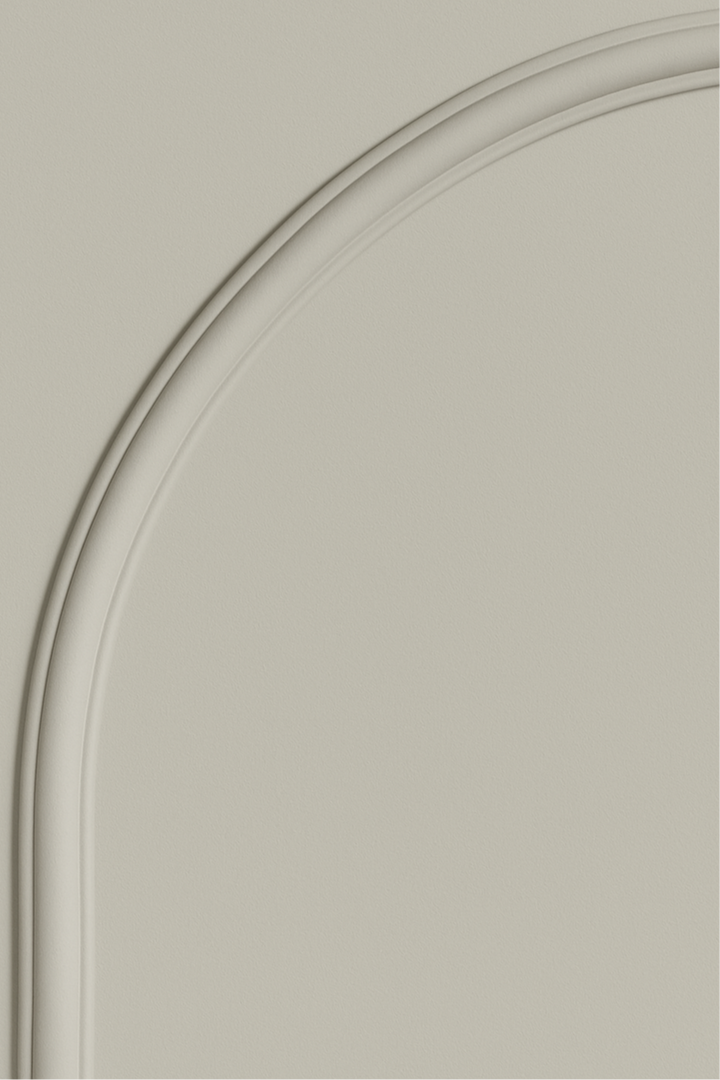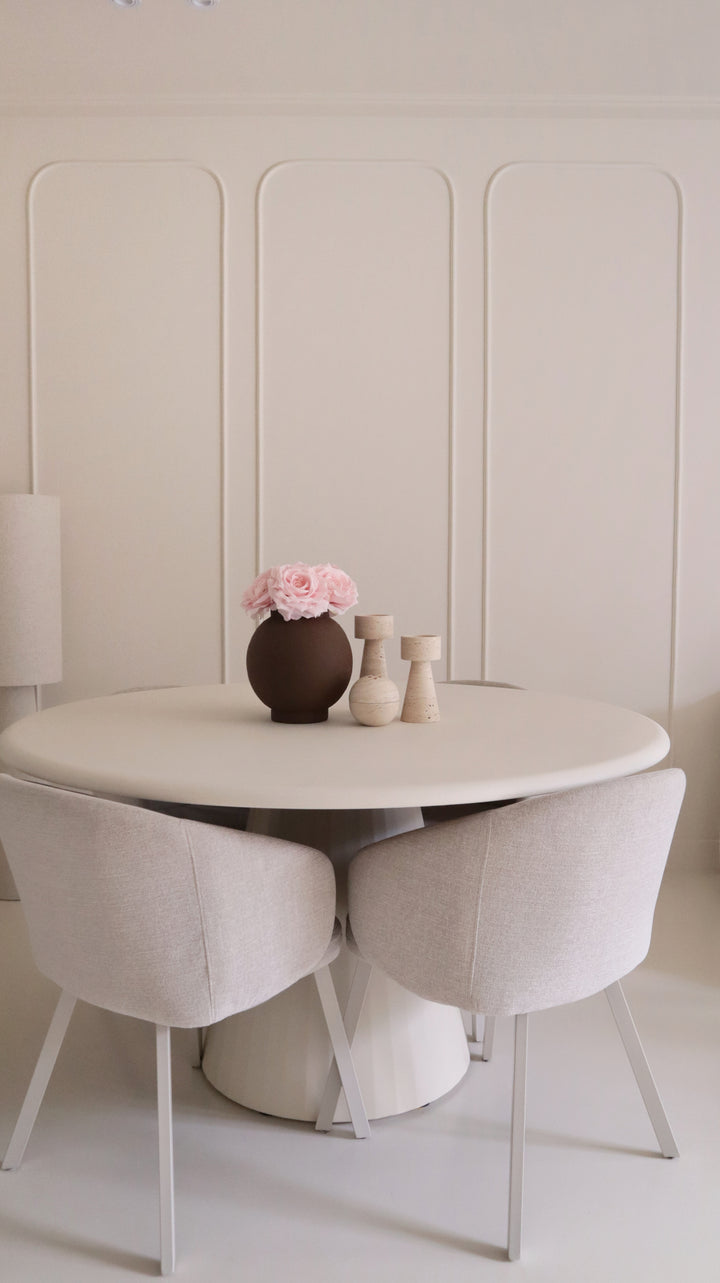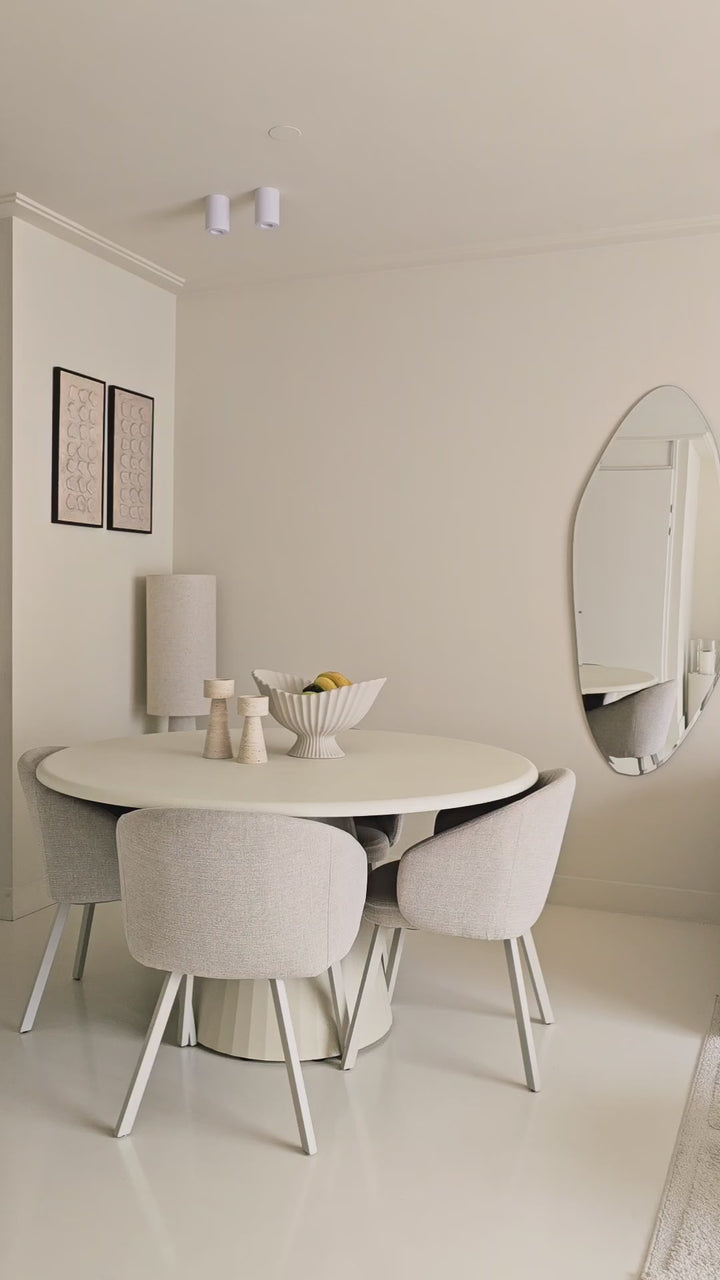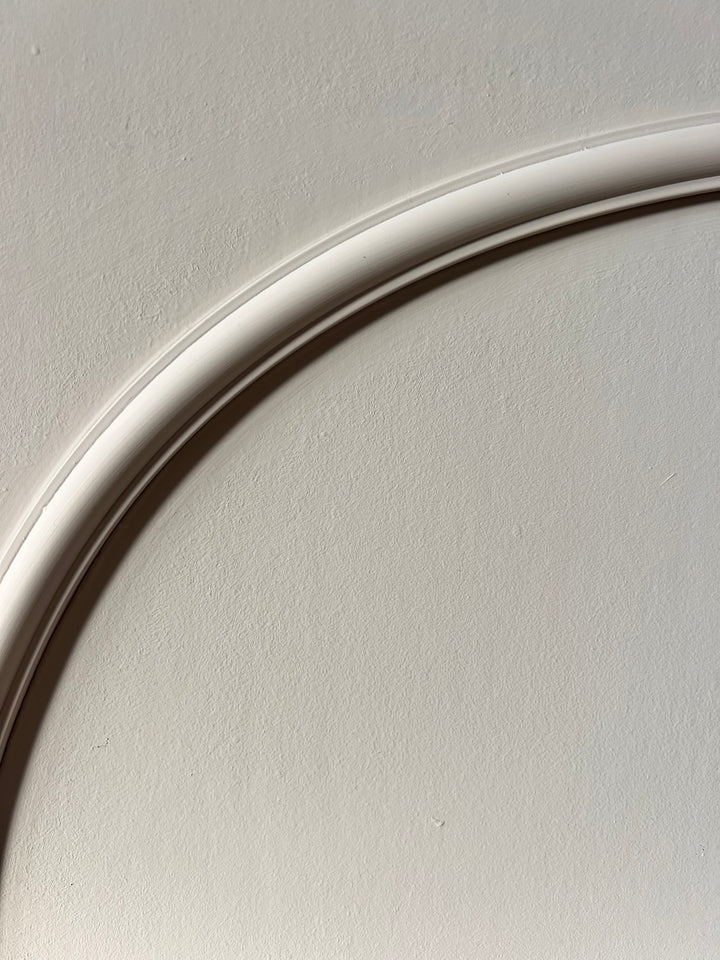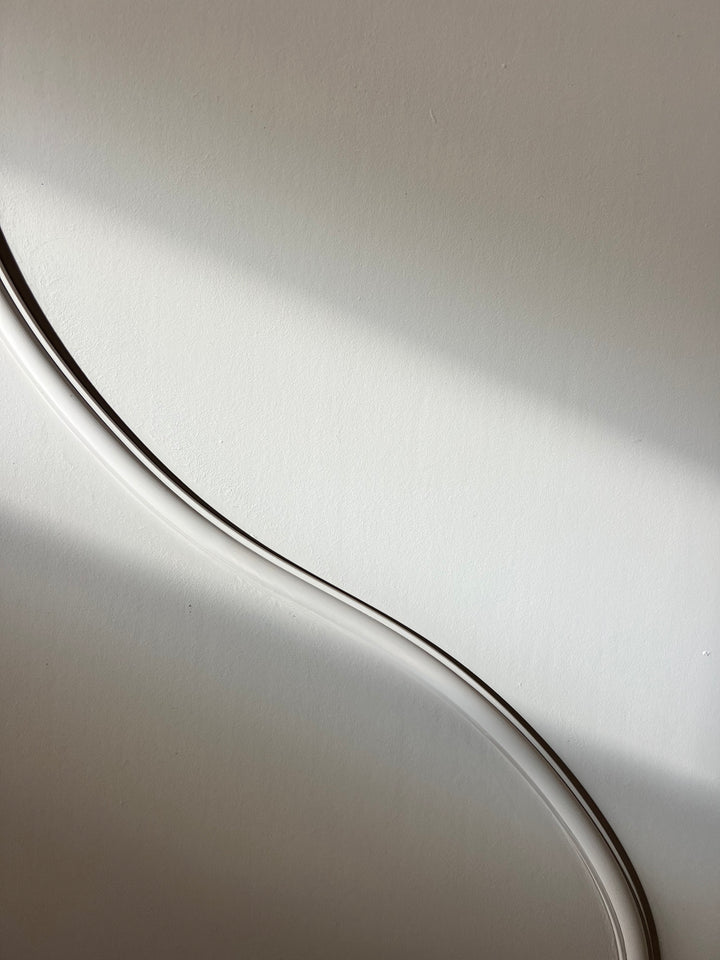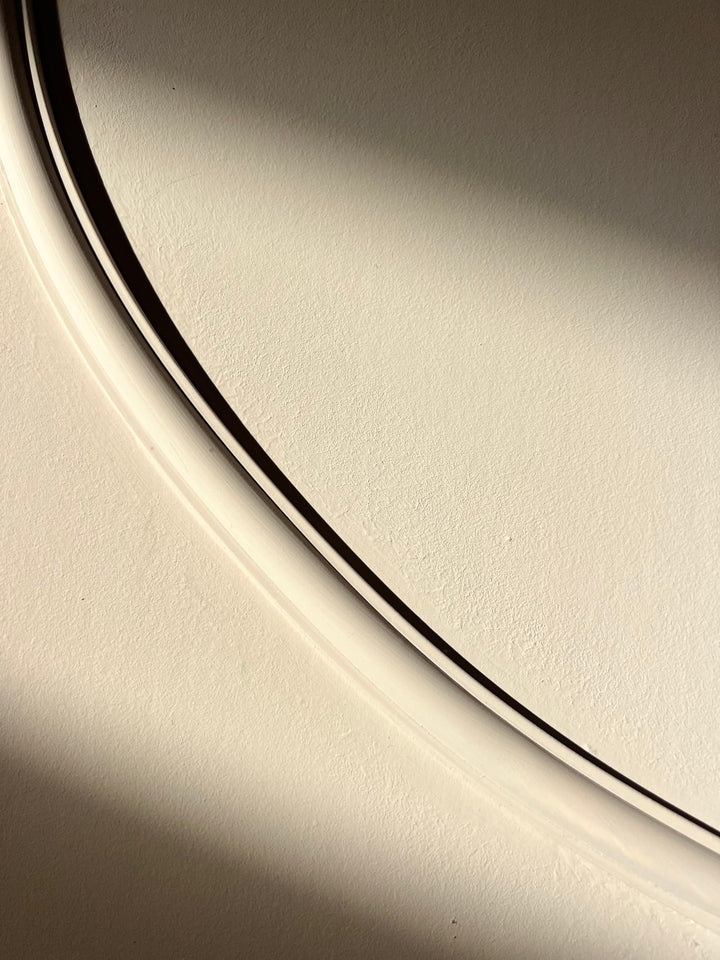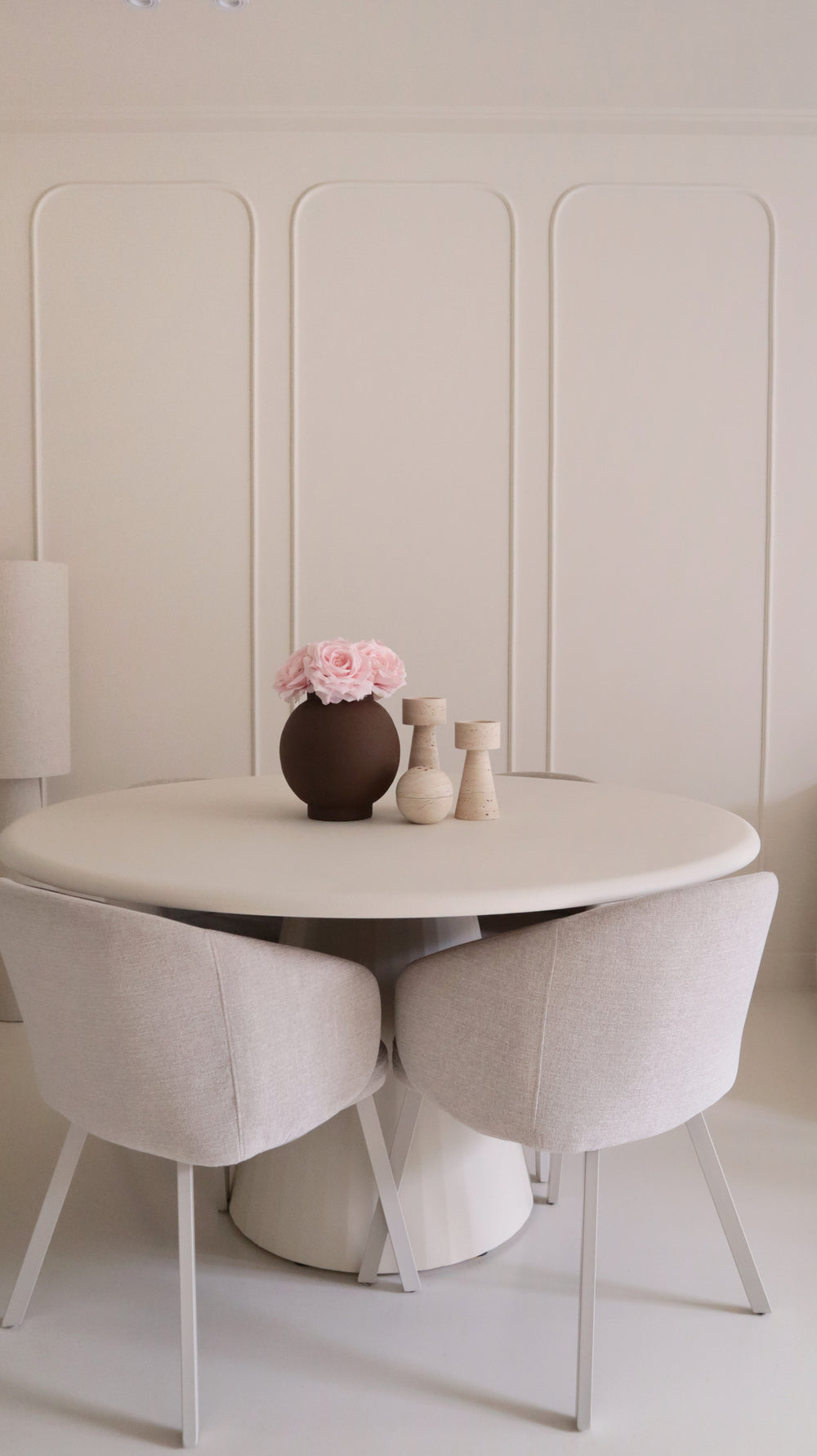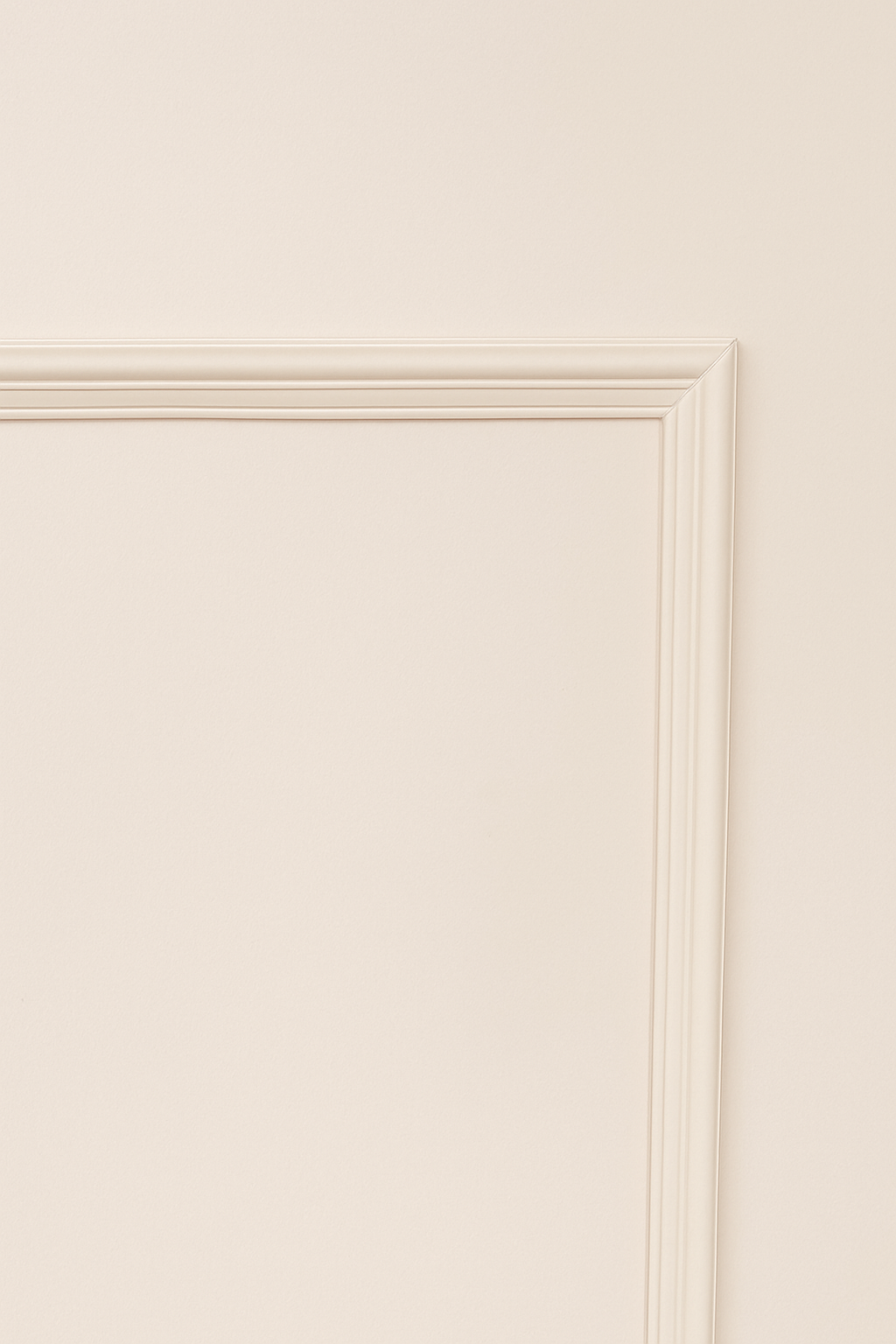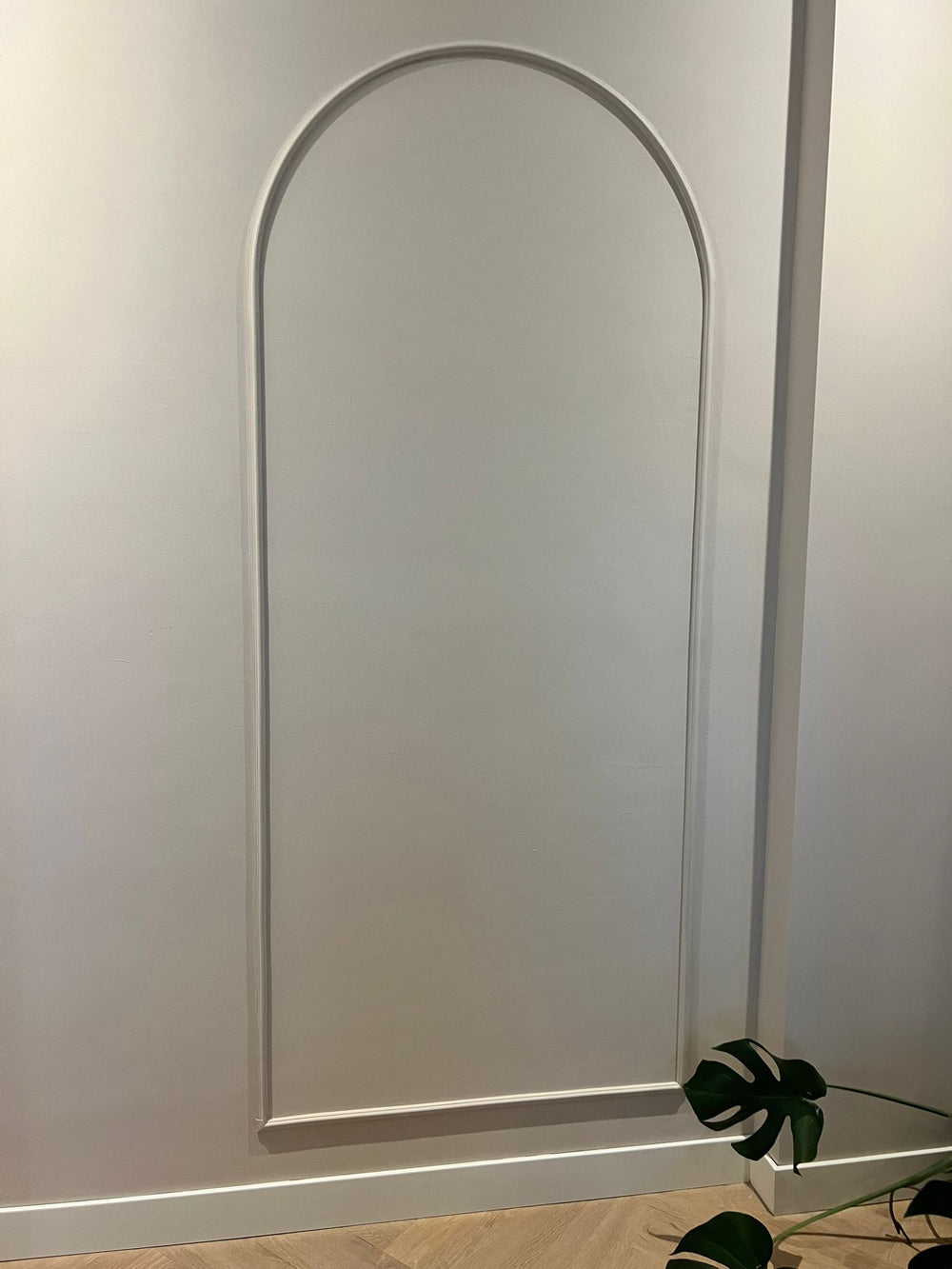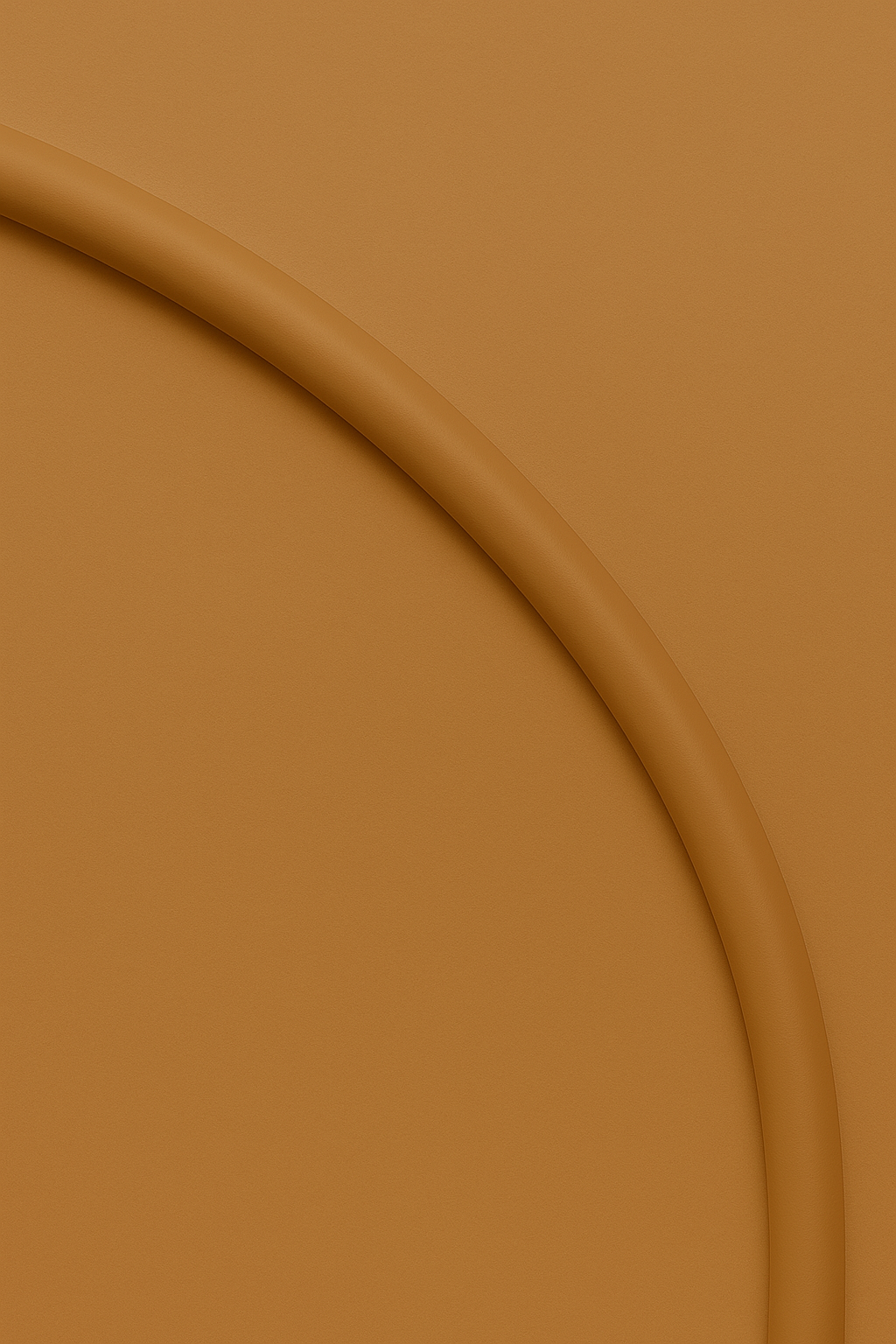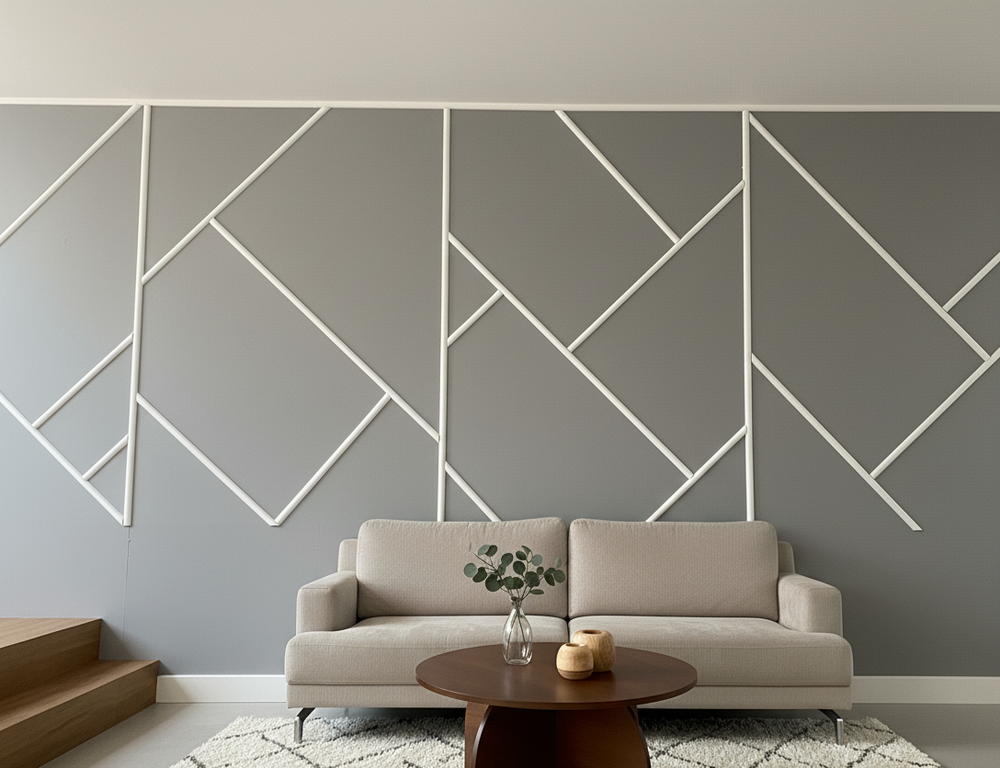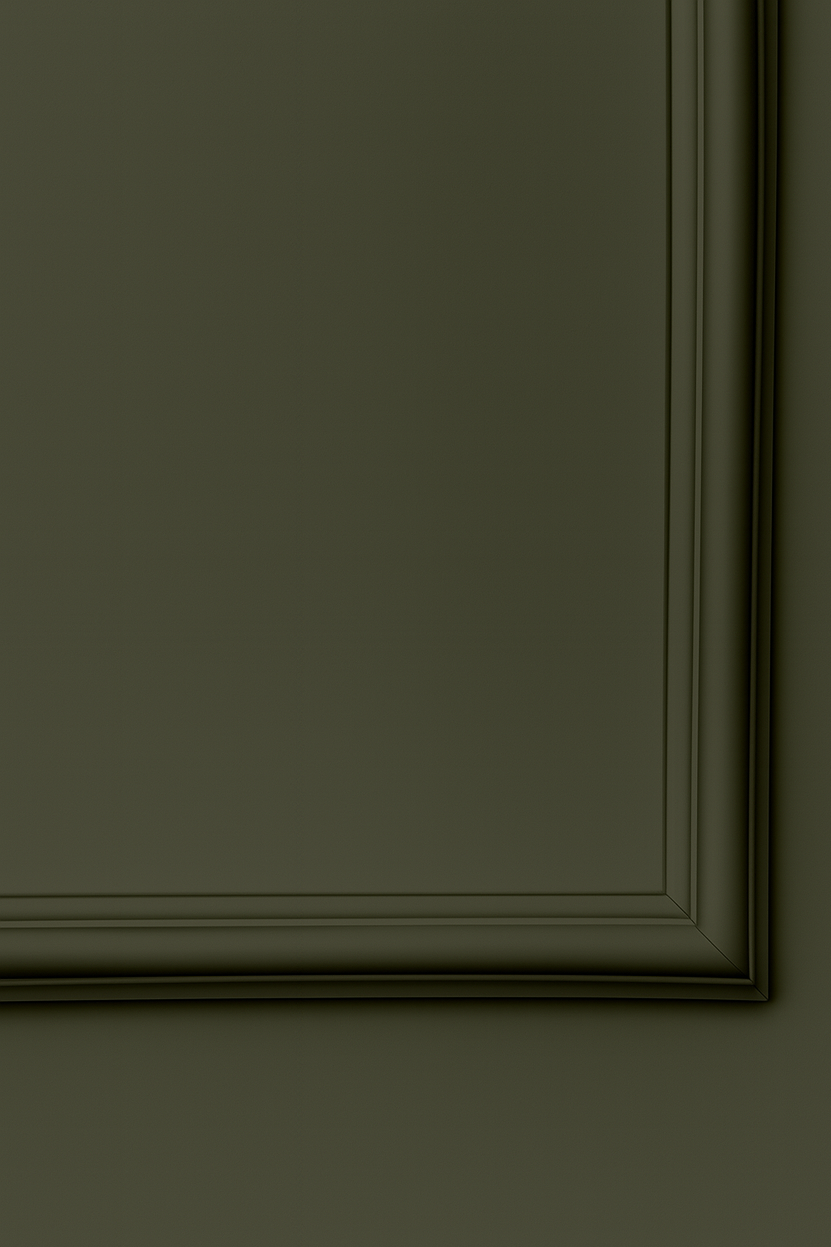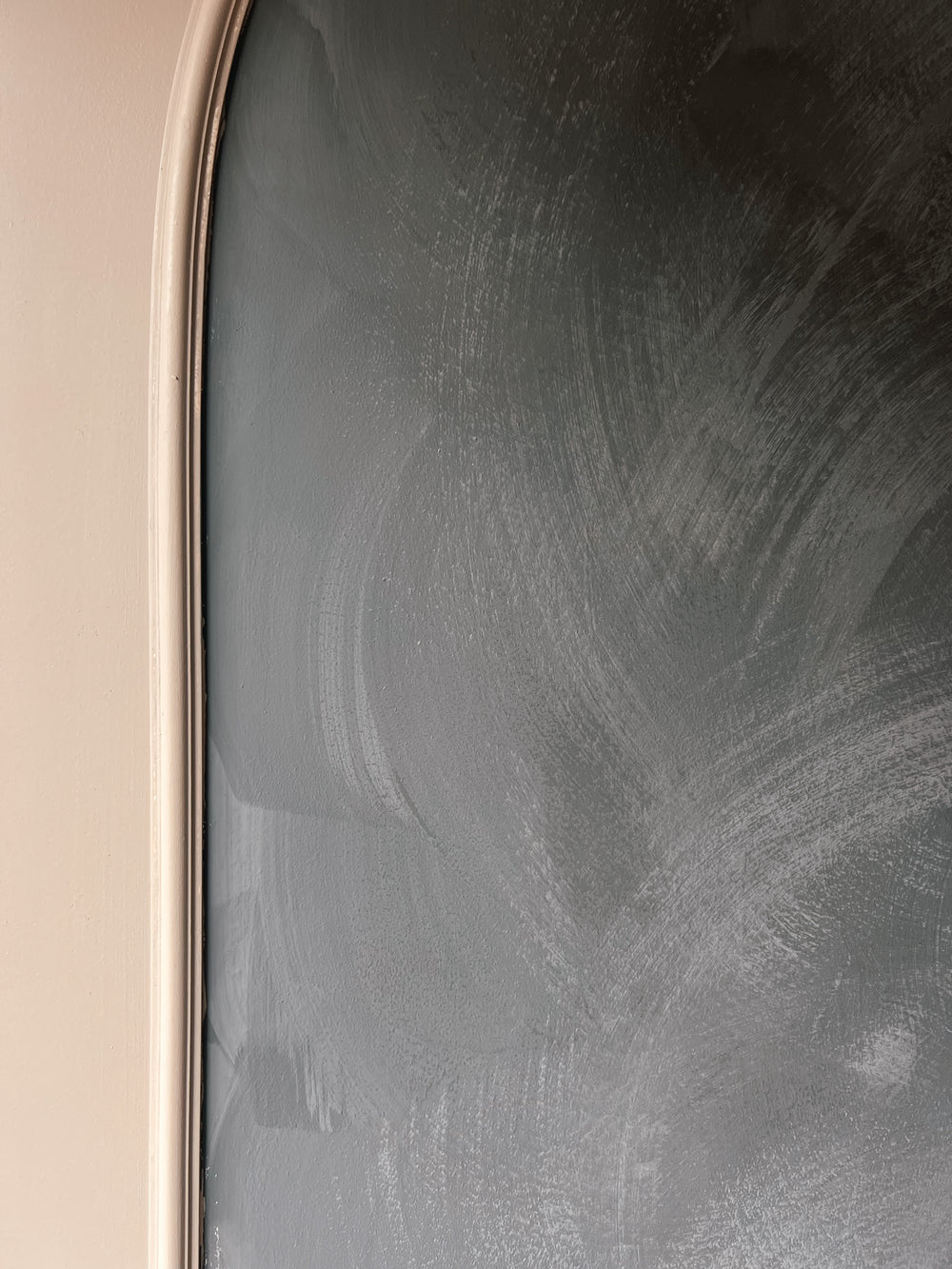How do I install flexible moldings and create arches?
Before you start attaching the flexible moldings, it is important to prepare the wall properly. This ensures that the moldings are placed neatly and firmly. Remove dust and clean the wall. It is important to ensure the surfaces you work on are grease-free for the best results. Use cleaning vinegar mixed with water to clean the surface. (if you are working on wooden panels such as doors).
Supplies
- Velida Flex moldings
- Tape measure / measuring tape
- Pencil
- A spirit level
- Skirting board cutter
- Carpenter’s square (not required, but can be useful)
- Optional, for finishing: paint and supplies (rollers, paint trays, etc.)
Step-by-step plan
Step 1: Preparation
- Measure the wall : Use a tape measure to measure the dimensions of the wall where the moldings will be placed.
- Plan the design : Draw a sketch on the wall with a pencil, using a spirit level, to mark the exact position of the moldings. First draw the straight lines and check with a spirit level that the lines are straight and parallel to each other.


To create arches it is important to first determine the center of the arch. When this is determined:
- Measure the width of the area where the arch will go and divide this width by two to determine the horizontal center.
- Then choose how high you want the arch to be and mark this point on the wall. This will be the center point where you will attach the rope.
- The length of the string is equal to the radius of the arc (the distance from the center to the edge of the arc). Measure from the center to the desired radius and cut the string to this length.
- Draw the arc and check the symmetry.
Step 2: Prepare the moldings
- Cutting to size: Cut the moldings to the correct length with a skirting board cutter at a 45 ° angle
- Bending and fitting: Test the flexible moldings by holding them over the drawn lines to see if they fit properly.
With some rolls, the last part of the moulding may slightly bulge outward and not stick well to the wall. This is caused by the moulding being tightly rolled during packaging, creating material tension — especially at the inner part of the roll.
Here’s how to fix it easily:
Unroll the full moulding and lay it flat (e.g., on the floor or a table) at room temperature (around 17 °C / 63 °F). Place a weighted object on the end of the moulding to apply light pressure. After a few hours, the material relaxes and remains straight.
Apply the moulding as usual using adhesive.
Optionally, use painter’s tape to temporarily hold it in place while the adhesive cures (typically after 24 hours). This helps the moulding stay flush against the wall.
Don’t worry: this has no effect on the final quality or durability. Once cured, the moulding will stay firmly in place as intended.


Does everything fit? Then we move on to step 3.
Step 3: Attach the moldings
- Installing the molding: Press the molding firmly against the wall on the marked lines and release the tape to stick the material to the wall.
- Start with the straight line at the bottom and work your way up from here.


Optional last step:
Paint! We advise you to paint the moldings afterwards. This ensures that your creation blends in nicely with the interior. The matt material ensures that it is well-covering and this will allow you to enjoy your moldings even more.




